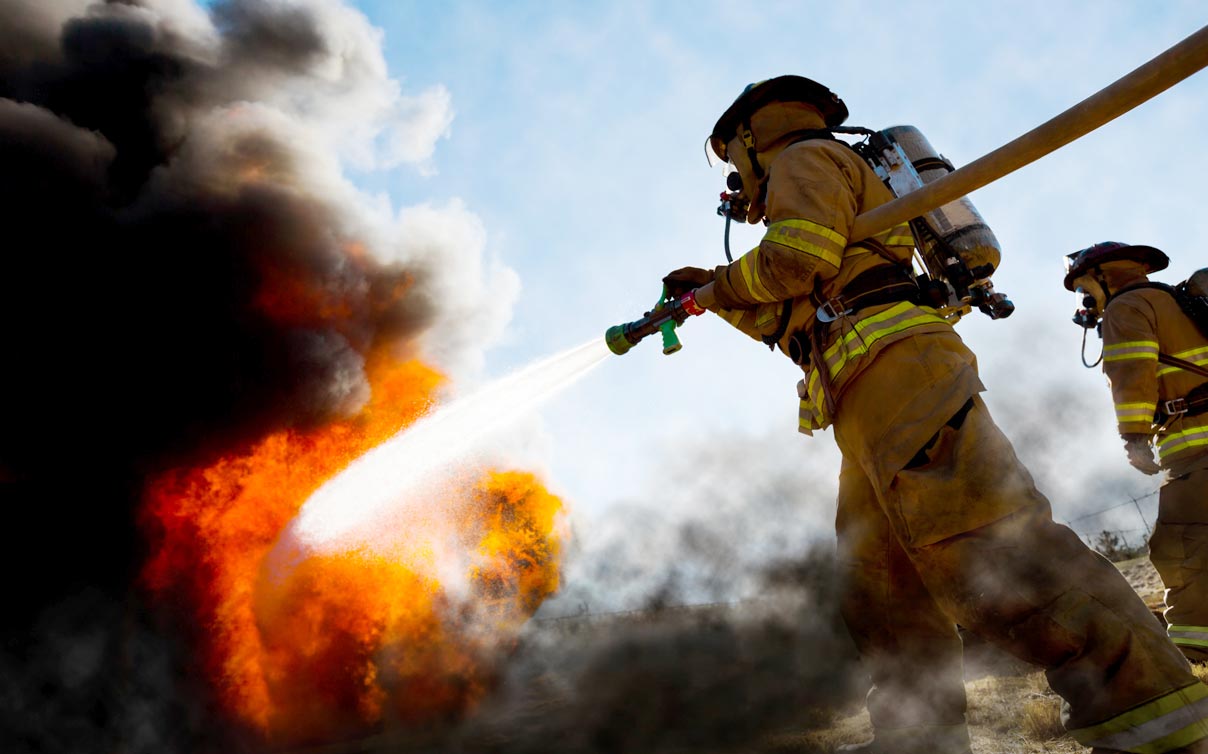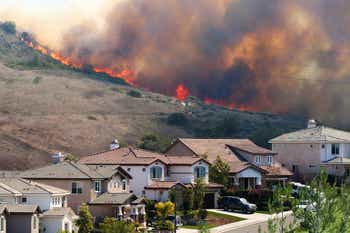It is easy to feel defeated in fire country. The images of wildfire on TV, the headlines in newspapers, and the messages coming from public agencies can create a sense of impending doom. Anxiety often leads to inaction.
But fire protection is hardly black and white. Along with the stories of horror and loss, there are stories of resilience and survival. You too can survive a firestorm.
The first step in survival is motivation, and that starts with addressing some of our biggest fears. Below are myths about the challenges of living in fire country and how to see them in a manageable light.
- Wood Structures Will Not Survive a Wildfire
- The Type of Plant Determines Its Degree of Flammability
- Irrigation: More is Better
- Fire Protection Costs a Lot of Money
- A Wild Area’s Condition Influences a Home’s Chance of Survival
Common Fears and Myths
1. Wood Structures Will Not Survive a Wildfire
Wood and old homes are far more likely to be engulfed during a firestorm. However, it is not the wood that creates the danger, but its condition. Wood features age poorly.
Wood buildings and wood siding are mostly fire resistant when they are built. Joints are tight, paint is fresh, and there are no opportunities for firebrands to stick to the structure. But wood, along with some concrete and plastic composites, shrink and twist as they age. This movement creates gaps and fissures, which allows firebrands to stick. Peeling paint compounds these risks.
Wood homes need more care in fire country:
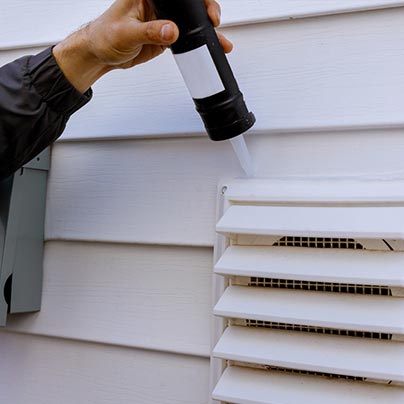
Air Vents
Ensure all air vents are screened and physically check to see that all are intact and properly installed. It is not uncommon, especially along the coast, for screens to rust out.
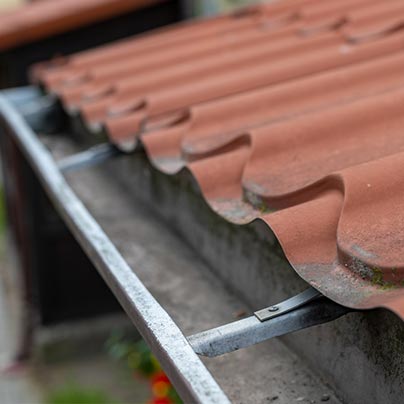
Gutters
Having a fire ignite in rain gutters is exceptionally dangerous. The underbelly of the roof is most vulnerable where the fascia, overhangs and rafters meet. Gutters should be cleaned no less than once a month during fire season.
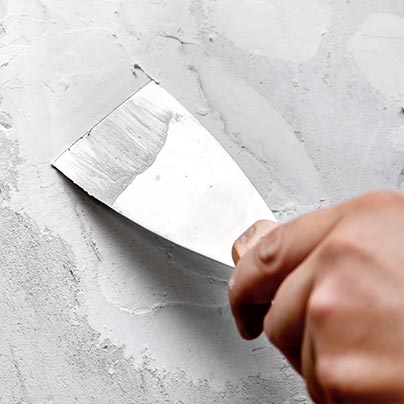
Gaps and Seams
Whether the fascia, overhangs or siding, look for any gaps or fissures and fill them with putty.
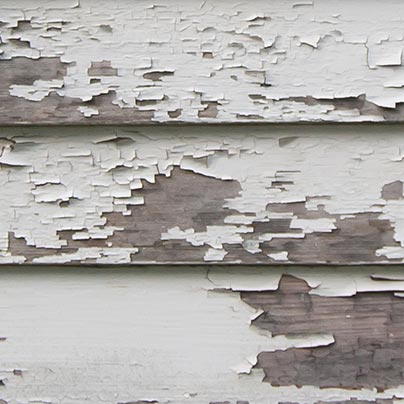
Peeling Paint
All peeling paint, and the splinters exposure creates, needs to be sanded down before fire season. Peeling paint is notorious for catching firebrands.
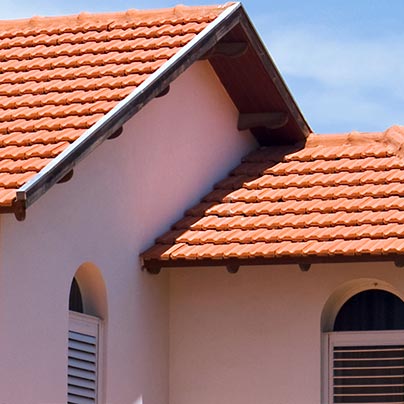
Flashing
It is tough to marry metal to other materials. Consequently, gaps are common where flashing meets wood or the roof. Inspect all flashing and if there are gaps, sand, clean and apply silicone (elastic) putty.
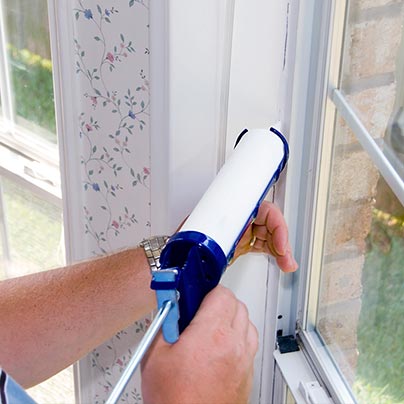
Weatherization
Gaps are common around garage doors, front doors and windows of older homes. Inspect all of a structure’s openings. If wind can pass through any portion of these openings, so can firebrands. Replace the weatherization barrier. Sand and caulk molding.
2. The Type of Plant Determines Its Degree of Flammability
Nothing is simple in fire country. Giving labels to plants, such as fire resistant or flammable, is no guarantee the plant will ward off firebrands. Post fire inventories of residential properties say that the condition of plant life far outweighs its type and that labeling plants might give people a false sense of security.
If a plant possesses dry and fine material, that material will ignite from a firebrand. If a plant’s leaves and stems are dry-ish or oily, the enflamed fine material will ignite the larger material. The amount of kindling determines ignitability, not necessarily type.
Adding to the complexity of labeling plants, many people in fire country might not be able to remove flammable native plants. These people live in “areas of critical environmental concern” and are responsible for maintaining ecological integrity. From the Santa Monica Mountains to West Marin County, residents and homeowners across California are learning to live with plants labeled as flammable.
Maintenance is the fulcrum of fire protection, not plant selection. All of us can take great strides to reduce any plant’s vulnerabilities.
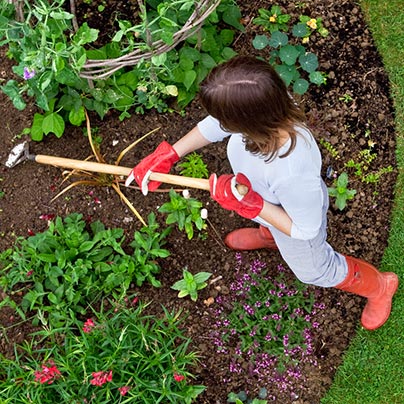
Cleaning
Constant removal of dead, dying, diseased and dry vegetation. Whether leaves, stems or trunks, we must remove the material that a fire naturally would.
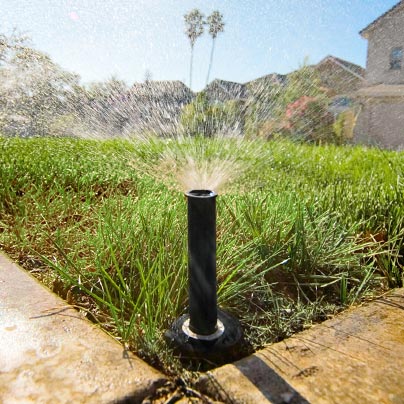
Irrigation
Maintain proper leaf moisture. A firebrand will only ignite dry material. If irrigation is stopped, then the plants dependent on the water needed to be removed or severely pruned.
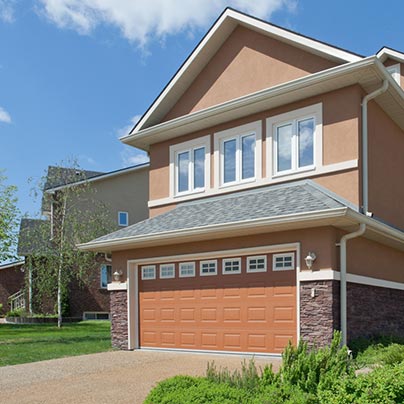
Spacing
Maintain proper spacing, especially when working with flammable plants, such as conifers. Keep all large trees 20 feet from a house; maintain 10 feet of separation between branch tips; and remove dry and fine material from within its dripline.
3. Irrigation: More is Better
Believe it or not, too much irrigation can increase the amount of fine and ignitable fuels. Proper irrigation is what is needed in fire country, not more irrigation.
Too much irrigation can lead to compacted soils that are low in oxygen. This in turn leads to poor plant health and the accumulation of dead wood. Here are the reasons:
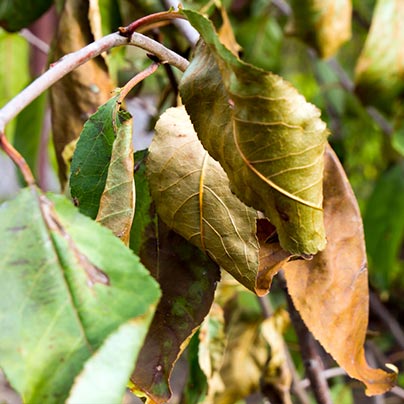
Wet soil holds solar radiation as heat, creating a hotter, more humid environment—the ideal situation for diseases. There are a variety of plant-killing pathogens that thrive in overwatered landscapes (fire blight and sudden oak disease are the two most iconic).
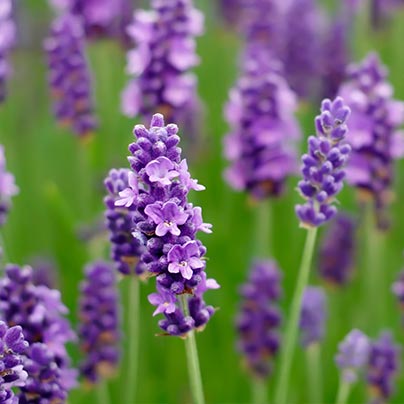
Over-irrigation can shorten the life of many California native and Mediterranean plants. These plants have a natural state of dormancy and watering during this time will keep them awake, eventually stressing them out and shortening their life.
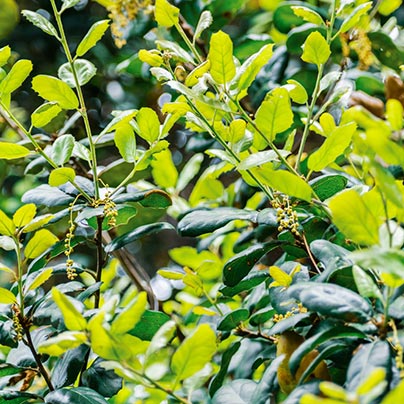
Over-irrigation can excite temperate and tropical plants to grow far faster, increasing maintenance liabilities and the amount of ignitable material.
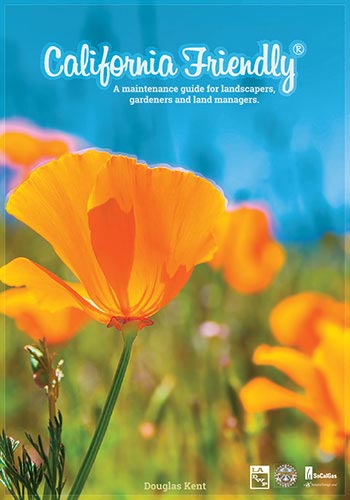
California Friendly
For the complete rundown on how to irrigate, download this free guide: California Friendly®: A maintenance guide for landscapers, gardeners and land managers.
4. Fire Protection Costs a Lot of Money
Creating a fire protected home and landscape can cost a lot of money, but it does not have to. Being resilient in fire country has more to do with maintenance than materials.
Below is a list of tasks that will greatly reduce your property’s chance of ignition. Fortunately, none of it involves more than sandpaper, putty and elbow grease. Our energy triumphs over the energy of fire.
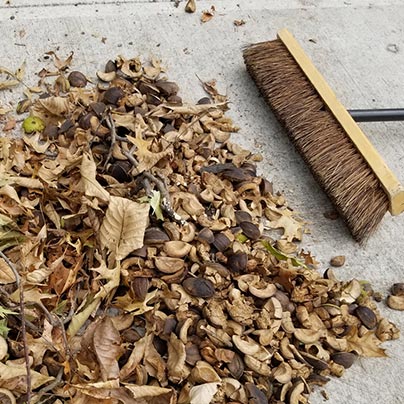
Roads
- Remove dead, dying and diseased vegetation from 10 feet on either side.
- Make your address visible.
- Create off-street parking.
- Manage overhanging branches.
- Communicate and negotiate with neighbors.
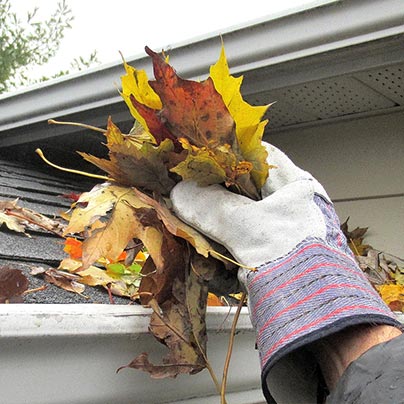
Structures
- Ensure all air vents are screened.
- Clean roof and gutters.
- Manage seams and fill gaps.
- Sand and paint all peeling paint and splintered parts.
- Make your address visible.

Defensible Space
- Remove all flammable items within the first 5 feet of your house!
- Remove dead, dying and diseased vegetation.
- Maintain an inviting driveway.
- Create ample space between large shrubs and trees.
- Do not let plants dry out.
Caring for your home throughout the year has many benefits, including improving the chance it will survive a wildfire. Develop a plan to tackle a small number of tasks each month, as this will make the list very manageable.
Kelly Butler
Director of Personal Property Underwriting at Mercury Insurance
5. A Wild Area’s Condition Influences a Home’s Chance of Survival
All of California’s natural landscapes will burn – it is not a matter of “if” but “when.” The conditions that produce and propel wildfires are climatic, not vegetative. Wildfire needs hot days, low humidity and dry fuel. Add strong winds to the mix and a firestorm is easily whipped up.
The condition of outlying areas will not ultimately influence whether or not your home survives a wildfire – only you can do that. While it is true that a grass fire produces less heat and fewer firebrands than a forest fire, it only takes one firebrand to ignite a leaf-filled gutter, a dangling dead branch, or a pile of unprotected lumber.
Fire has roamed California for thousands of years. It is as natural to our state as black bear and quail. Citizens of fire country know this; any year could be the year of that great big fire. Californians need to always be ready.
